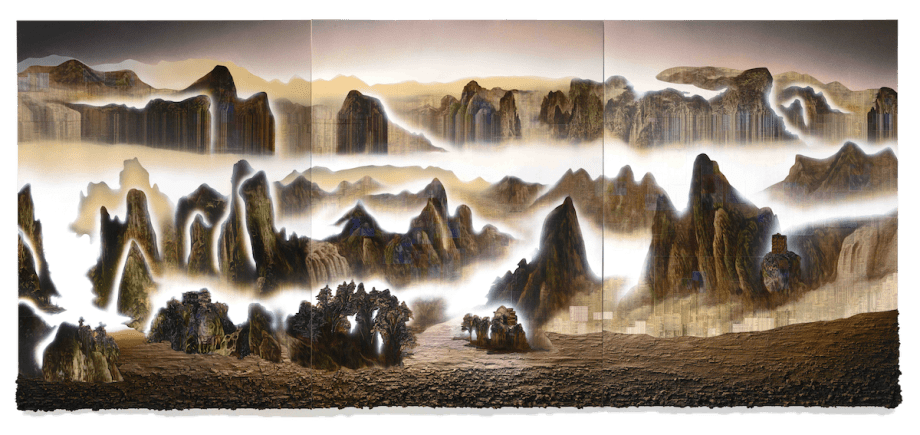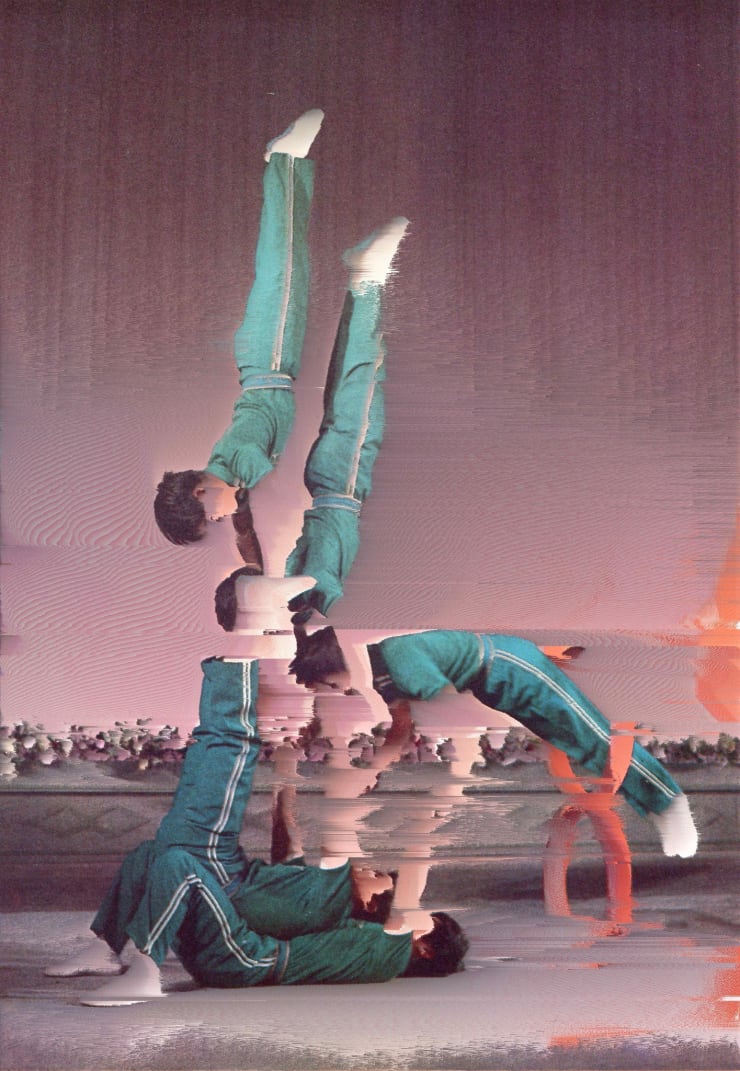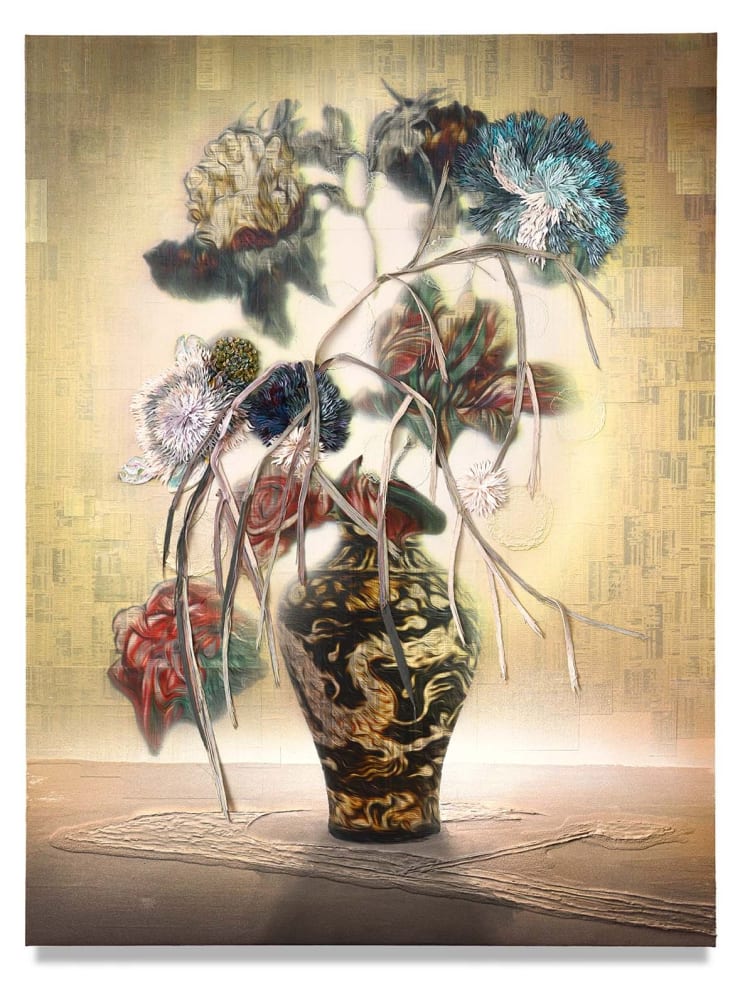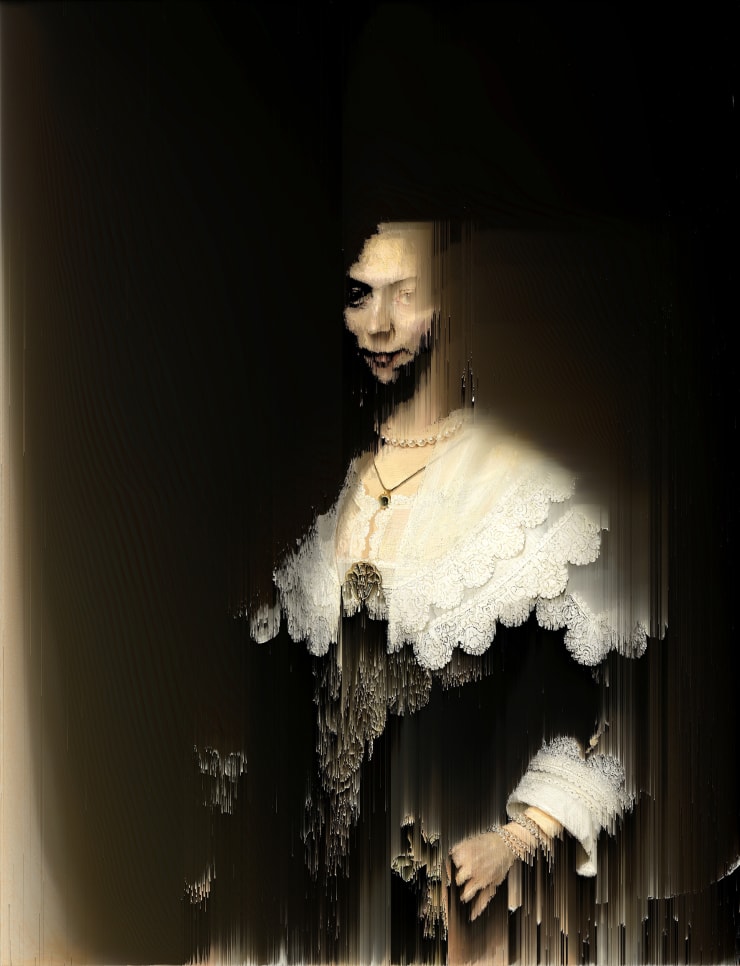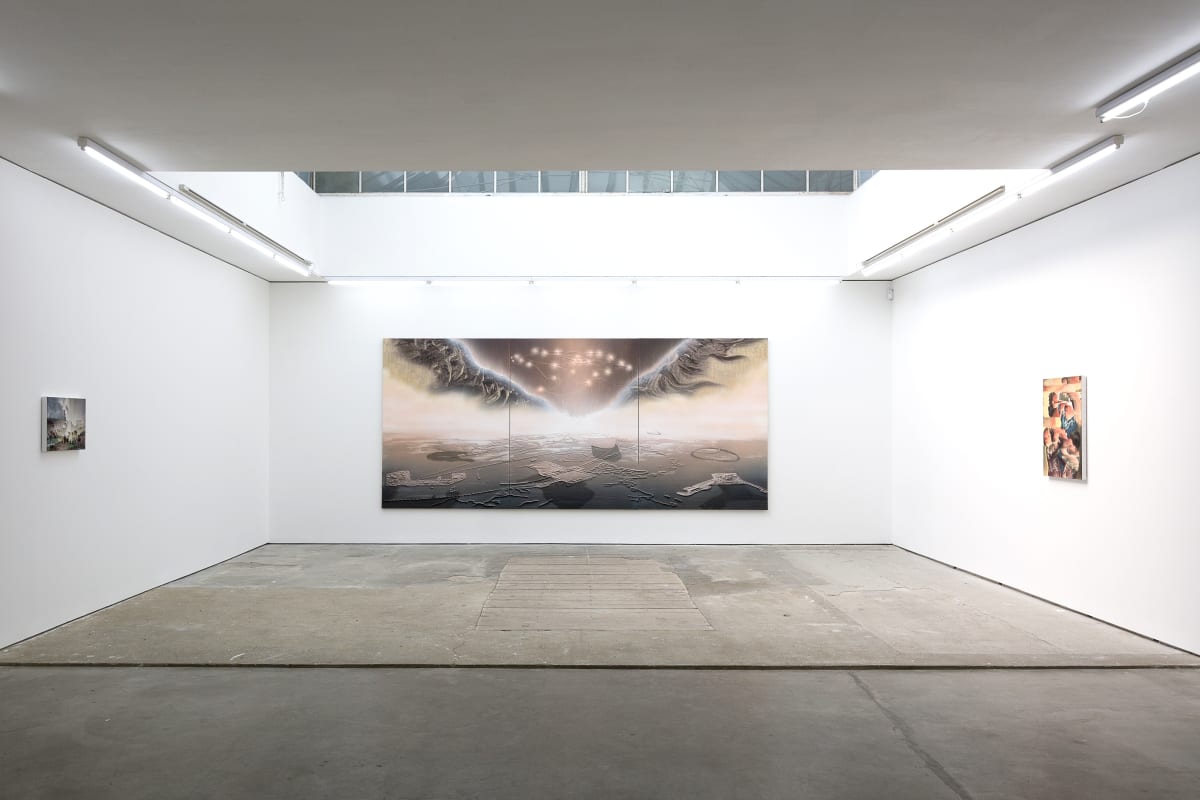Gordon Cheung: Unknown Knowns
Private View | Thursday 9th March, 6-8pm
There are known knowns. These are things we know that we know. There are known unknowns. That is to say, there are things that we know we don’t know. But there are also unknown unknowns. There are things we don’t know we don’t know.
Donald Rumsfeld, 2003
Edel Assanti is pleased to present Unknown Knowns, Gordon Cheung’s third exhibition at the gallery. The exhibition’s title is drawn from Slavoj Zizek’s observation that Donald Rumsfeld’s theory of knowledge omitted a crucial fourth category: unknown knowns – the things we don’t realise we know; the unconscious beliefs and prejudices that determine our perceptions and actions.
Unknown Knowns continues Cheung’s interest in historical revisionism and the underlying mechanics of power that govern our understanding of the world. The exhibition is populated by disparate cultural signifiers drawn from cartography, political propaganda, anonymous internet imagery and art history. Imagery itself is Cheung’s medium, either co-opted in the creation of multifaceted paintings or manipulated via digital algorithms, and ultimately used to challenge dominant political narratives and visual culture’s active participation in them.
In two monumental triptychs, contemporary political narratives hijack traditional Chinese landscapes. A Thousand Plateaus depicts a mountainous forest pierced by several ‘nail houses’: a term borrowed from the Chinese proverb: the nail that sticks up will be hammered down, used in China to refer to properties whose residents defy state-sanctioned developers’ demands to sell. Those who resist remain in their homes whilst their surrounding neighbourhood is destroyed a contemporary landscape springs up in its place. Cheung’s employment of nail houses, now censored symbols of resistance, unravels the conceptual framework of the traditional Chinese landscape painting, intended to induce a psychic state of dream travel, but also related to the omnipresence of dynastic civilisation.
The second triptych, Great Wall of Sand, interweaves ancient cartography, 3D Google maps and Chinese plans for the One Belt One Road initiative. The islands depicted are artificial, built by the Chinese by dredging up coral in the South China Sea as part of a strategy to create a new maritime silk road. Cheung’s use of maps in the construction of these compositions draws our attention to the principle established in Boetti’s mappa – that our understanding of the world’s geography is itself entrenched in political ideology.
The other works in Unknown Knowns draw source imagery from museum archives, political propaganda, and an archive of photographic imagery of Chinese acrobats from the era of Mao’s Cultural Revolution. These seemingly contrasting images are unified by a technological glitching effect, amounting to a literal reordering of the information in a digital image file. Co-opting an open source algorithm, Cheung’s process generates thousands of variants of the source images, each comprising a partial or total redistribution of the original pixels. For each source image, Cheung realises one or two glitches. Uprooted from their established frameworks, these images become perceptible as signifiers of soft power, capturing instances in which seemingly benign activities are co-opted to express concealed political agendas.
Cheung graduated from Central Saint Martins in 1998, completing an MA in painting at the Royal College of Art in 2001. Recent solo exhibitions include Here be Dragons at Nottingham Castle Museum (2016), Lines in the Sand at Leila Heller Gallery Dubai (2016), The Abyss Stares Back at Edel Assanti (2015), Altered States at the Arizona State University Art Museum (2010), The Four Horsemen of the Apocalypse at the New Art Gallery Walsall (2009) and The Promised Land at Jack Shainman Gallery (2009). Cheung’s work was included in Vita Vitale, The Azerbaijan Pavilion at the 56th Venice Biennale (2015). Cheung’s works are included in major international private and public collections including MoMA, The British Museum, The Hirshhorn Museum and Sculpture Garden, San Antonio Museum of Art, The Whitworth Museum, Arizona State University Art Museum, Asian Art Museum of San Francisco, Knoxville Museum, Speed Art Museum, The New Art Gallery Walsall and the Yale Center for British Art. Cheung lives and works in London.
-
 Gordon Cheung, A Thousand Plateaus, 2016
Gordon Cheung, A Thousand Plateaus, 2016 -
 Gordon Cheung, Jumping Through Hoops, 2016
Gordon Cheung, Jumping Through Hoops, 2016 -
 Gordon Cheung, Great Wall of Sand, 2017
Gordon Cheung, Great Wall of Sand, 2017 -
 Gordon Cheung, Pivot, 2017
Gordon Cheung, Pivot, 2017 -
 Gordon Cheung, Here Be Dragons II, 2016
Gordon Cheung, Here Be Dragons II, 2016 -
 Gordon Cheung, Woman (after Rembrandt Harmensz van Rijn, 1639), 2017
Gordon Cheung, Woman (after Rembrandt Harmensz van Rijn, 1639), 2017 -
 Gordon Cheung, Turkey Carpet (after Francesco Fieravino, 1650-1680), 2017
Gordon Cheung, Turkey Carpet (after Francesco Fieravino, 1650-1680), 2017 -
 Gordon Cheung, Lots of Love for Chairman Mao, (after Xie Zhiguang, 1955), 2016
Gordon Cheung, Lots of Love for Chairman Mao, (after Xie Zhiguang, 1955), 2016 -
 Gordon Cheung, Manifest Destiny, 1872 (after John Gast), 2017
Gordon Cheung, Manifest Destiny, 1872 (after John Gast), 2017

